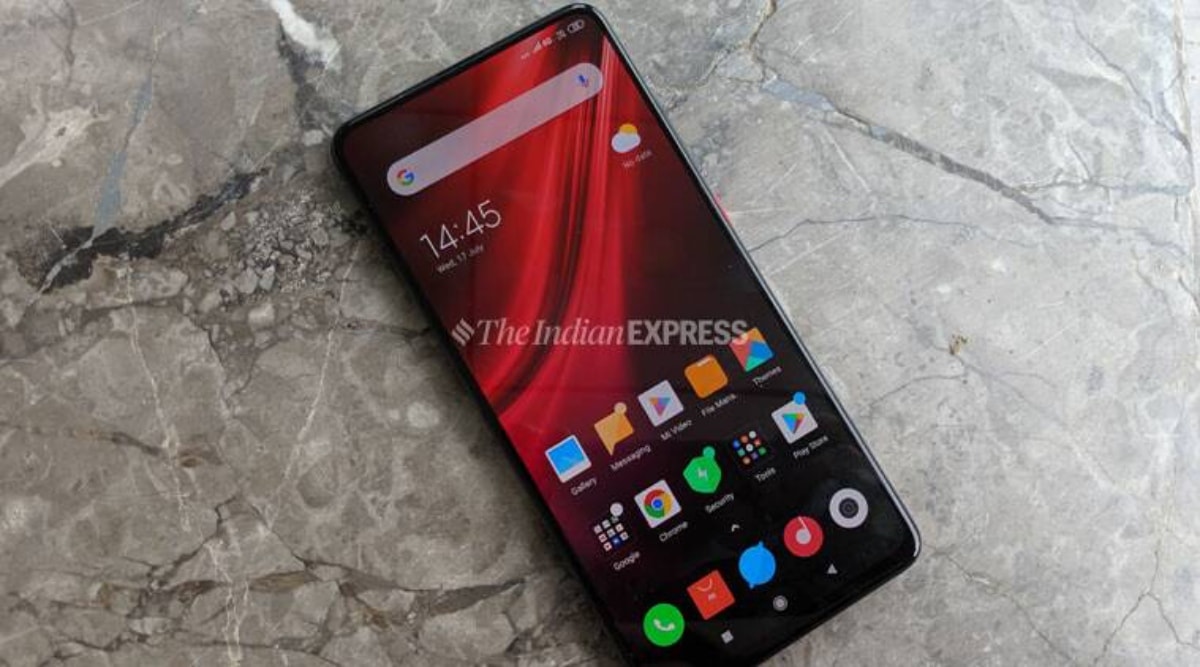 Of those owning smartphones, only 4 per cent had unlimited internet.
Of those owning smartphones, only 4 per cent had unlimited internet.In a survey conducted among 91.58 lakh students to assess devices they would use as an educational tool, the Gujarat education department found that more households had a smartphone than a television set.
The survey spread over 15 days and completed last week to assess the availability of technology medium through which a child could access home learning programme has brought out that while over 48 per cent has a television set, 59 per cent had a smart mobile phone or a tablet. Six per cent of the students, or nearly 60,000, had no communication device.
Of those owning smartphones, only 4 per cent had unlimited internet. While, a little over half of the families — 29 per cent — who have a mobile phone has limited internet plans, the survey results accessed by The Indian Express reveal.
In the survey conducted among students of government, grant-in-aid and private schools, though 90 per cent belonged to government schools, questionnaires were sent out to 1.15 crore students from Classes I to XII, of which 91.58 lakh from urban and rural areas responded.
Based on the availability and usability of each medium, the education department plans to improvise the home learning mode in the future, as use of the digital medium will continue to supplement learning tools even after the Covid-19 pandemic, officials say.
“Since online education is the future, it was necessary to assess the penetration of different technology tools. There is no point if we keep designing the content for a particular platform which is barely used by the students. Thus, such a kind of information will help the department in a long way,” said state project director Samagra Shiksha, P Bharathi.
The survey has been conducted through the child tracking system where each student in the state has been allotted a unique identification number. School principals and teachers were shared the online questionnaire.
Other revelations from the survey were that 24 per cent of them have confirmed having a normal mobile phone, while only 3 per cent had desktop computer or laptop. And only about one per cent had access to radio.
Among other options were Direct to Home (DTH) free dish and set top box to watch Bhaskaracharya Institute for Space Applications and Geoinformatics (BISAG) telecast which is used by nearly 19 per cent students. This is a dedicated broadcast service with several channels that telecast pre-recorded lessons for all classes.
With the Covid-19 lockdown forcing schools to shut, the state education department is running ‘home learning’ programme for Class III-XII. Launched in March with television channels, it has gradually used nearly all mediums such as Youtube, Facebook, Microsoft teams among others like Jio TV.
From this month, after demand was raised, the Gujarat education department expanded this by launching a dedicated ‘home learning’ programme for Class I and II.
Officials in the education department revealed that the online teaching mode is there to stay even after pandemic and it is these surveys and feedback from students and parents that will help chalk out a framework for online education.
91.58 lakh students surveyed
Availability of technology tools among students:
Smart mobile phone — 59%
TV — 48%
DTH to access BISAG channels – 19%
Radio – 1%
Normal Mobile phone – 24%
Computer or laptop – 3%
Limited internet – 29%
Unlimited internet – 4%
None of the above – 6%